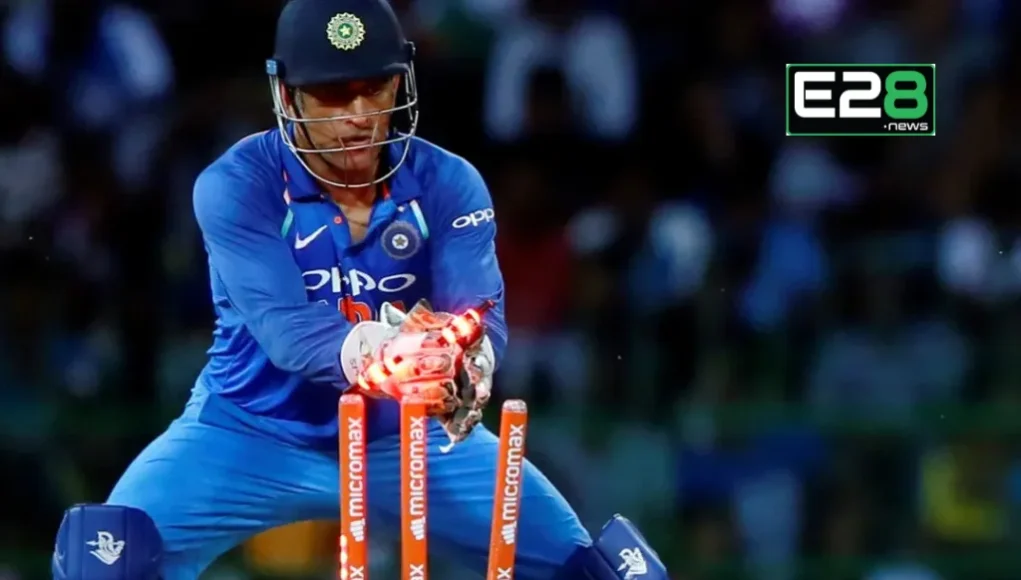In the world of modern cricket, wicketkeepers have evolved from being just safe hands behind the stumps to becoming dynamic game-changers. The role of wicketkeepers today is more crucial than ever, especially in fast-paced formats like T20s and ODIs. They combine athleticism, intelligence, and leadership—all wrapped into one player. This article explores how the role of a wicketkeeper has transformed, highlighting their game-changing impact across all formats.
A Look at Wicketkeeping Then vs. Now
Traditional Wicketkeeping
Historically, wicketkeepers were valued mainly for their glove work. Reflexes, clean catches, and quick stumpings were the standard. Batting was a bonus, not a requirement.
Modern-Day Expectations
Modern cricket strategies demand multi-dimensional players. Wicketkeepers now double as reliable batsmen, often finishing games or stabilizing innings. This dual role has produced iconic wicketkeeper-batsmen like MS Dhoni, Adam Gilchrist, and Kumar Sangakkara.
Core Skills of a Game-Changing Wicketkeeper
Quick Reflexes and Footwork
A wicketkeeper must possess lightning-fast reflexes. Whether it’s a sharp edge or a tricky bounce, a keeper’s movement can define the outcome of a match. Modern drills focus heavily on footwork, balance, and positioning.
Mental Toughness and Focus
Mental strength is just as critical. Wicketkeepers remain focused for long hours, often under intense scrutiny. Their ability to handle pressure and recover from mistakes makes them an asset to any team.
Strategic Thinking
Wicketkeepers offer a unique perspective on the game. They observe the entire field and are in the best position to advise bowlers and captains. This makes them excellent decision-makers, especially in formats where split-second judgments can alter the game.
Wicketkeepers as Batsmen
The Rise of the Wicketkeeper-Batsman
The emergence of keeper-batsmen has revolutionized team compositions. Players like Jos Buttler and Quinton de Kock regularly open innings, showing that wicketkeepers can dominate both with gloves and the bat.
Match-Winning Contributions
Whether finishing an ODI in the final over or anchoring a Test innings, wicketkeepers often play a crucial role in shifting momentum. Their ability to switch from defence to attack makes them match-winners in high-pressure situations.

Leadership and Communication
On-Field Communication
Wicketkeepers constantly communicate with bowlers and fielders. Their input is invaluable, especially when reading a batter’s weaknesses or suggesting field placements.
Captains Behind the Stumps
Many wicketkeepers have successfully transitioned into captains. MS Dhoni is a prime example—a strategic leader who changed the face of Indian cricket. His glove work, game-reading ability, and calm temperament earned him the title of ‘Captain Cool.’
Impact Across Formats
Test Cricket
In Test matches, wicketkeepers must stay alert for hours. Patience, stamina, and technical skills are essential. A good keeper can build trust with bowlers and prevent costly mistakes.
ODIs
Wicketkeepers in ODIs need adaptability. They must be quick between the wickets and agile behind the stumps to respond to unpredictable plays.
T20s
T20 cricket demands aggressive wicketkeeping. Quick stumpings, reflex catches, and explosive batting define a top T20 wicketkeeper.
Famous Game-Changing Moments
From MS Dhoni’s lightning stumpings to Adam Gilchrist’s diving catches, wicketkeepers have produced some of the most iconic cricket moments. These performances often swing the match and boost the team’s morale.
Role of Technology and Training
DRS and Decision-Making
The Decision Review System (DRS) has added new responsibilities. Wicketkeepers must make sharp calls, often under immense pressure. Their decisions can win or lose a review.
High-Tech Training
Today’s keepers use slow-motion replays, angle analysis, and even VR to improve skills. Fitness, reflex training, and mental conditioning are all part of modern wicketkeeping.
The Future of Wicketkeeping
Upcoming Talents
Young players like Rishabh Pant, Mohammad Rizwan, and Ishan Kishan are redefining the keeper’s role. Their performances suggest that the expectations will only increase in the future.
Evolving Expectations
Cricket teams now look for keepers who can adapt across all formats, contribute consistently with the bat, and serve as on-field tacticians.
Conclusion
Wicketkeepers have come a long way—from mere spectators behind the stumps to being at the heart of every game-changing moment. Their blend of physical skill, mental sharpness, and leadership make them indispensable. In modern cricket, the wicketkeeper is no longer just a support act—they’re often the main character.
FAQs
Q1: What does a wicketkeeper do in cricket?
Ans. A wicketkeeper catches balls behind the stumps, executes stumpings, and often provides on-field guidance to bowlers and fielders.
Q2: Can a wicketkeeper also be a good batsman?
Ans. Absolutely. Many modern wicketkeepers are top-order batters who can change the game with their hitting ability.
Q3: Why are wicketkeepers important in T20 cricket?
Ans. In T20s, wicketkeepers must react instantly and often score quick runs, making them vital to the team’s success.
Q4: Who is the best wicketkeeper in the world today?
Ans. Players like Jos Buttler, Quinton de Kock, and Mohammad Rizwan are among the best across formats.
Q5: Do wicketkeepers use technology to improve their game?
Ans. Yes, modern training includes video analysis, fitness tracking, and even virtual simulations to enhance wicketkeeping skills.
















